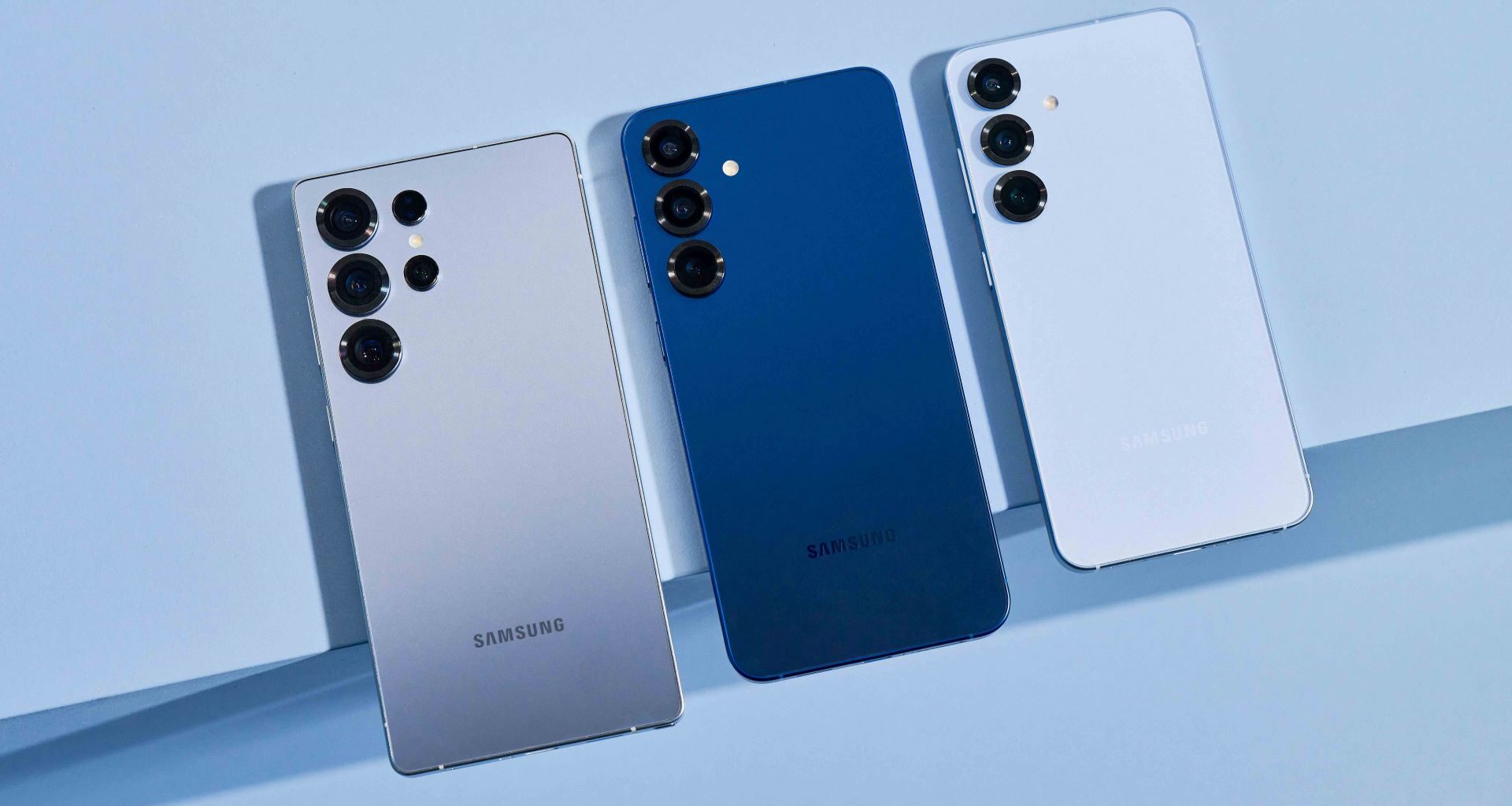- 0-20%: Unlikely – Lacks credible sources
- 21-40%: Questionable – Some concerns remain
- 41-60%: Plausible – Reasonable evidence
- 61-80%: Probable – Strong evidence
- 81-100%: Highly Likely – Multiple reliable sources
The jaw-dropping price of the Snapdragon 8 Elite Gen 5 meant that Samsung would continue paying the ‘Qualcomm tax’ or move to its own silicon, which it is aggressively pursuing to reduce its massive chipset expenditure. While the use of the Exynos 2600 is one way to offset its skyrocketing costs, the Korean giant is now facing another conundrum that threatens to set off a price hike for the Galaxy S26: rising memory prices.
Fortunately, one report states that thanks to Samsung’s vertical integration of its semiconductor and smartphone sectors, also known as DS Division and MX Division, respectively, the company can avoid the same path other smartphone makers have to take. However, the relief might only be a short-term gain, as there are other factors to consider, which we have discussed in length below.
The average price increase of smartphones could reach up to 15 percent, but here is how Samsung can protect its Galaxy S26 series
A report from Korean outlet NewDaily says that memory manufacturers Samsung and SK hynix have informed customers that they will raise the price of DRAM and NAND chips by up to 30 percent in the fourth quarter of this year. Depending on the customer and contract, the average price increase is estimated to be in the 5-15 percent range, making it higher than the 10 percent bump predicted by Citigroup and Morgan Stanley analysts.
The rise in component costs will impact upcoming smartphones that will be equipped with higher storage and RAM counts to facilitate user requirements and tackle generative AI implementations. Fortunately, where other device manufacturers are forced to source their components from other suppliers, Samsung has a unique advantage of a vertical integration structure where it purchases parts from its semiconductor and smartphone divisions at a lower cost. However, this perk will not last long as a semiconductor source has stated the following.
“Samsung may be able to maintain prices in the short term thanks to its vertical integration structure and inventory security, but with memory prices skyrocketing, it will have no choice but to follow the market price to some extent. Ultimately, pressure to raise finished product prices will inevitably increase.”
For now, this perk will allow Samsung to keep Galaxy S26 prices unchanged, with the biggest contributor to those rising figures being the chipset. Depending on the customer, Qualcomm is estimated to sell its Snapdragon 8 Elite Gen 5 at a steep $280, which will eat into the Galaxy S26 margins. Fortunately, with the Exynos 2600 mass production already underway, Samsung can evade those rising costs, but there is an unscalable obstacle standing in the Korean titan’s path.
Even with Samsung’s own 2nm GAA technology, the company does not have the liberty to price its Exynos 2600 however it wants, and here is why
The per-unit estimates of the Exynos 2600 have not been mentioned anywhere, but if it will be cheaper than the Snapdragon 8 Elite Gen 5, that is what ultimately counts. However, just because Samsung operates the foundry and utilizes its 2nm GAA technology to mass produce wafers of its flagship SoC does not give it the flexibility to price whatever figure comes to its mind.
After all, the report says that switching to the Exynos 2600 is indeed a strategy to lower component costs, but industry insiders have made observations where it is difficult to reduce prices in an environment where wafer costs are rapidly rising. In short, Samsung cannot proceed in another direction when the industry is moving in the opposite one, but at least it can ensure that its 2nm GAA process will be cheaper than TSMC’s when it improves its yields to the point where customers are confident about placing orders.
The report also says that flagship smartphones will not be as afflicted by price hikes as much as low-end and mid-range devices, which can result in a sales decline. As for the Galaxy S26 launch, Samsung has a rare opportunity to command better value for its premium devices than the competition, and an early launch in 2026 could give it a slight edge.
News Source: NewDaily
Follow Wccftech on Google or add us as a preferred source, to get our news coverage and reviews in your feeds.
